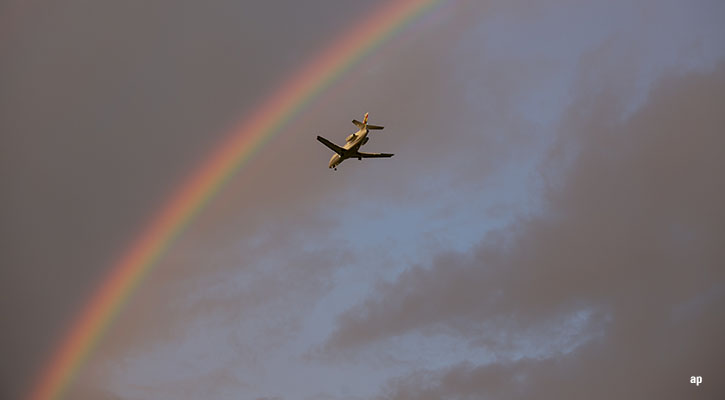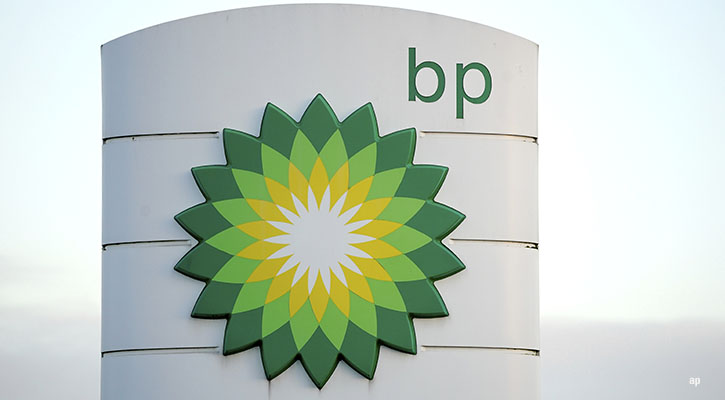
L’Oreal (OR), the world's largest maker of beauty products, is expected to report fourth quarter and full-year earnings on Thursday and will hold a conference call the next morning.
What Should I Expect From L'Oreal Earnings?
The company should report 9% revenue growth on a like-for-like basis during the fourth quarter and 11.6% growth for the year, according to Visible Alpha consensus. While growth in China should remain under pressure due to a lacklustre macro backdrop, investors expect its Consumer Products and Dermatological Beauty divisions to remain healthy.
Dermatological Beauty grew 28.7% like-for-like during the first nine months of 2023, to reach €4.9 billion euros (£4.2 billion) in sales, accounting for 16% of L'Oreal's total revenue of €30.6 billion.
Consumer Products is the largest division of the company and grew 14.5% on a like-for-like basis during the same period.
"Production innovation and geographical expansion has been secular growth drivers, but the democratisation of knowledge online has turbo-charged L'Oreal's growth in recent years", Stifel analysts wrote in a report dated February 5. They see La-Roche Posay, CeraVe and Vichy brands as among "the most recommended brands by doctors online".
Overall, L'Oreal fourth-quarter revenue is expected to reach €11 billion, while full-year revenue should reach €41.5 billion, based on Factset data.
Earnings before interest and taxes is seen at €8.2 billion for the full year (€7.5 billion in 2022). Net income and EPS are seen at €6.5 billion and €12.15 per share, respectively (compared with €6.1 billion and €11.26).
Morningstar Key Metrics For L'Oreal
• Fair Value Estimate: €388;
• Current price: €456;
• Morningstar Rating: ★★;
• Morningstar Economic Moat Rating: Wide;
• Morningstar Uncertainty Rating: Medium.
Who is Bullish and Bearish on L'Oreal Stock?
Investors will definitely focus their attention on 2024 outlook for the company and how it will withstand less buyoant consumption in its key regional markets.
"We expect L'Oreal to continue outperforming the broader beauty industry in the full-year 2024, with like-for-like of +8.3%, above consensus of 7.5%", Morgan Stanley analyst Sarah Simon says.
Analysts at Bank of America Securities, meanwhile, calculate that L'Oreal's like-for-like growth has, on average, been 1.2 times higher than the global beauty market between 2010 and 2019. The pace of growth accelerated during the pandemic but should normalise from 2023 onwards.
UBS analysts are more sceptical, however. They consider that it "unlikely" L'Oreal will be able to report a fourth consecutive year of double-digit like-for-like sales growth in 2024.
"For L'Oreal's like-for-like sales growth to exceed 10% in 2024 would require: a) additional pricing actions in the key regions of North America and Europe; and/or b) a market rebound in the China beauty market from early 2024," they wrote on January 15.
"At this stage, both events appear unlikely owing to some consumer softness (especially in the US) and rapidly declining inflation rates and persistent muted demand for Beauty products in China".
What Will Happen to L'Oreal Stock in 2024?
Morningstar analyst Dan Su estimates L'Oreal's fair value is €388 per share.
This estimate factors in "steady increases in beauty demand globally across key categories (at a mid-single-digit rate each year, per Euromonitor) and L'Oreal's ability to slightly outpace the overall market given its strong brand positioning, expansive distribution infrastructure, and room for market share gains in the highly fragmented beauty sphere".
"We expect luxury and derma-based product sales to exceed the corporate average, expanding by 8% and 11% annually to make up 40% and 20% of total sales, respectively, by 2032, versus 38% and 13% in 2022, given its innovation pipeline complemented by acquisitions," he says.
Morningstar expects operating margins to expand by 220 basis points to 21.7% at the end of our 10-year forecast period, relative to 2022.
"The margin expansion is driven entirely on the gross margin line, driven by price mix improvements from a sharper focus on luxury and on revenue growth management initiatives," he continues.
"L'Oreal will continue expending significant resources toward research and development and marketing, with such spending averaging north of 3% and 31%, respectively, generally consistent with historic levels, which we see as crucial to reinforcing L’Oreal’s brand standing and pricing power".
Why Does L'Oreal Have a Wide Economic Moat?
Su believes L’Oreal has carved out a Wide Economic Moat thanks in part to strong brand equity associated with a well-balanced beauty portfolio, tight retailer partnership, and a competitive cost structure in sourcing, manufacturing, and marketing.
"The brand intangible- and cost advantage-driven moat has enabled L'Oreal to deliver returns on invested capital (including goodwill) that exceeded our estimate of its 7.4% weighted average cost of capital over the past decade, and we project excess investment returns to continue over the next 20 years," he says.
L'Oreal's leading market shares reflect strong brand equities built over the years "with heavy investments in lab research and marketing that reinforce efficacy-based product differentiation and keep its brands top of mind for beauty shoppers in developed and emerging markets alike".
He adds:
"We see structural factors in the $360 billion global beauty market as conducive to L'Oreal's brand equity. Driven by an ingrained human desire to look and feel better with the help of beauty products and rising purchasing power in emerging markets, consumers spent $41 billion more on beauty purchases in 2022 compared with 10 years ago, according to Euromonitor, and it expects the overall market to expand at 6% annually over the next five years, after rebounding to prepandemic levels in 2022 (4% above 2019)".
L'Oreal Shares: What Are The Risks?
Morningstar assigns L'Oreal shares a Medium Uncertainty Rating, based on long-term structural tailwinds for beauty products. That said, the firm is not immune to macroeconomic headwinds and geopolitical tensions that could weigh on consumer demand.
"L’Oreal distributes its products in more than 150 countries, yet has centralised manufacturing for derma-based and professional products in Europe and for luxury products in the US, Europe, and Japan," Su says.
"As such, the firm depends on stable trade policies and collaborative global supply chains to ensure timely and cost-effective delivery of its products. Major reversal of open trade policies and transportation bottlenecks are risks that could thwart its growth".
The proliferation of online marketplace and digital marketing has disrupted the beauty market by lowering entry barriers and accelerating the commercialisation of new concepts, and particularly in makeup. As such, Su believes L'Oreal remains a leader in e-commerce and online advocacy, thanks to consistent investment in consumer-facing technologies. Even so, we expect the onslaught of beauty entrants to continue amid evolving consumer beauty needs and shopping preferences.
The highly-visible global brands owned by L’Oreal are also constantly under the scrutiny of consumers given the ubiquity of mobile phones and social media. Any brand messaging, consumer experience, social, or sustainability practice that is perceived to be inconsistent with the company's positioning could be brought under the limelight.
Without a timely and appropriate response, therefore, brand damage and a hit to volume demand and pricing power could ensue. That said, we don't expect environmental, social, and governance risks will materially affect L'Oreal’s operational results and investment returns over the long term.




























